Submit feedback
Coated Production Waste Gas Treatment Suppliers
Hangzhou Dry Air Intelligent Equipment Co., LTD is a professional and . With a world-class team of research and development, marketing and service engineers, we have been researching and developing cutting-edge technology in environment and air treatment industry, our products are widely used in aviation, environmental protection, lithium battery, food, architecture, pharmaceutical, and many other industries, moreover, we have experience of providing integrated solutions and technical support for large satellite launch base, important cabin of Chinese Navy vessels, Chinese Army's warehouses. The company which was founded in 2004, is located in Qingshan science and technology industrial zone in the west of Hangzhou, covers an area of 25000 square meters and has more than 200 staff.
Company Honors
Zhejiang manufacturing certificate
Certificate of Integration of Informatization and Industrialization
CE Certificate
Innovation Fund
Refrigeration and air conditioning industry governing unit
Specialized and Specialized
Excellent Science and Technology Enterprise of Zhejiang Province
Member of Hangzhou Environmental Protection Industry Association
Excellent cooperation unit
ZJU Cooperation
Outstanding Innovation Unit
Key Incubatees
Industry knowledge
(volatile organic compounds) are a common source of industrial air pollution. Organic waste gases such as benzene, toluene, xylene, and other VOCs are released during the coating process, which can be harmful to the environment and human health.



 English
English 简体中文
简体中文


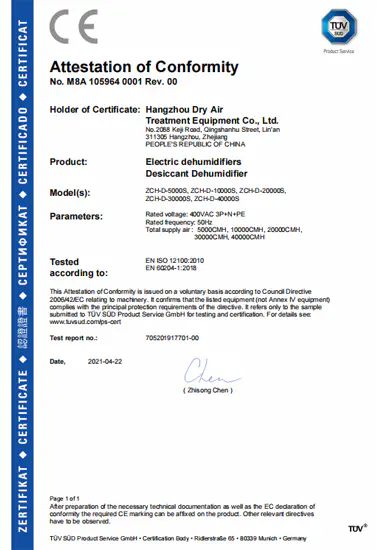
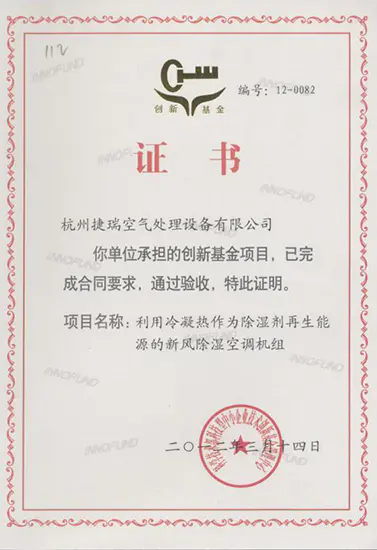


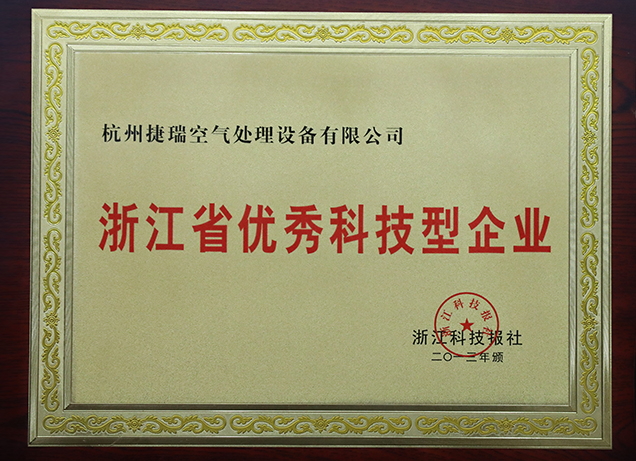
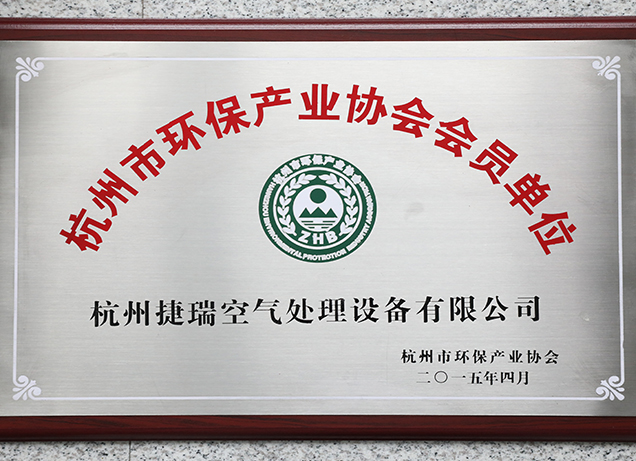
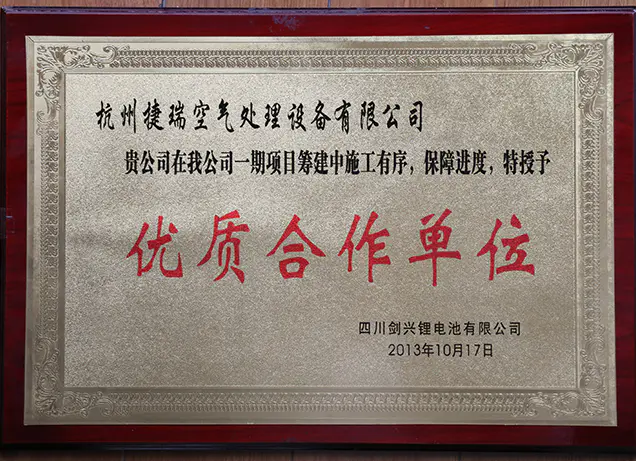
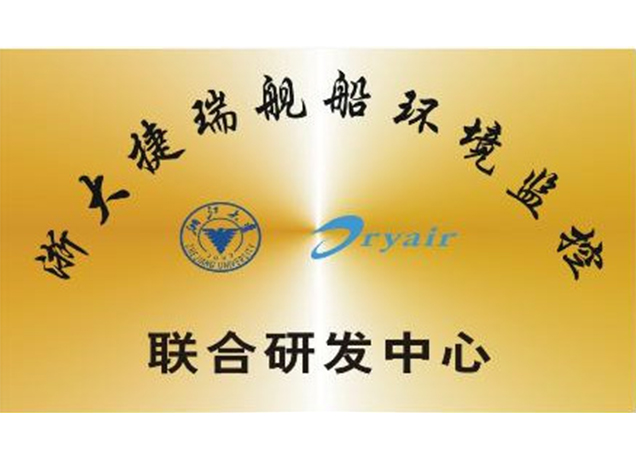
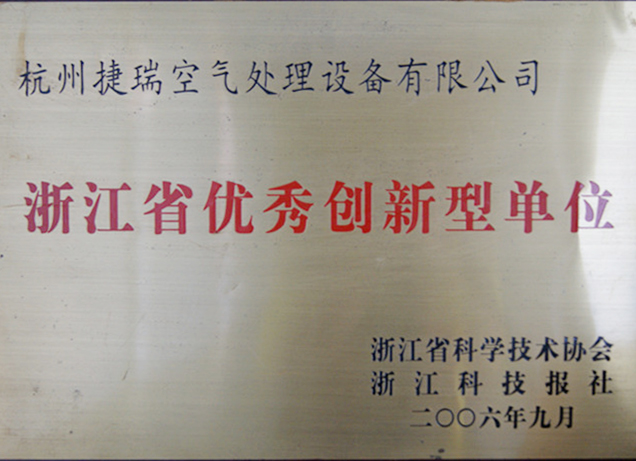
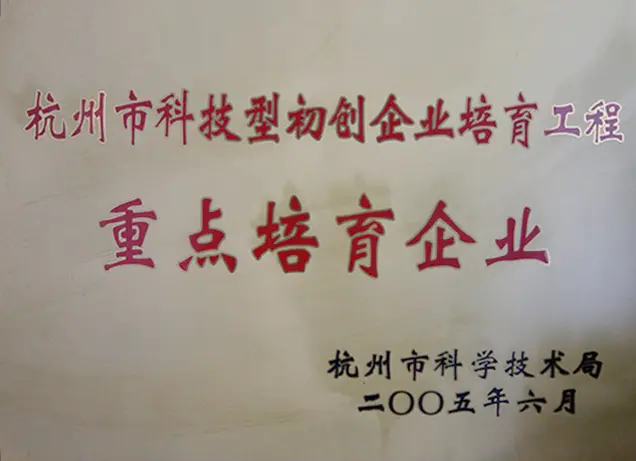

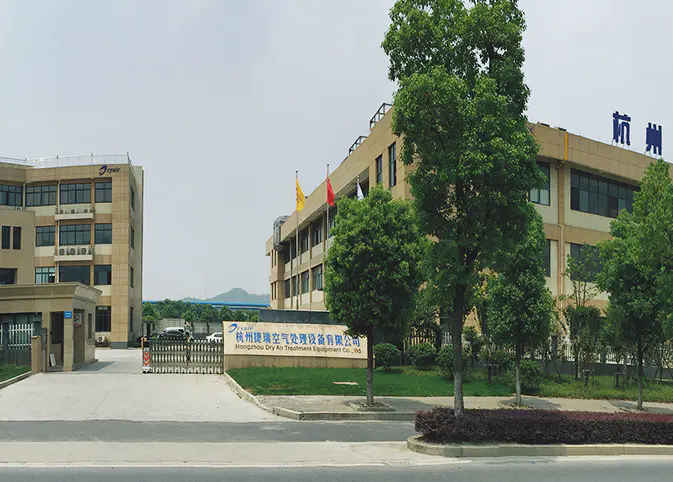

 View All
View All